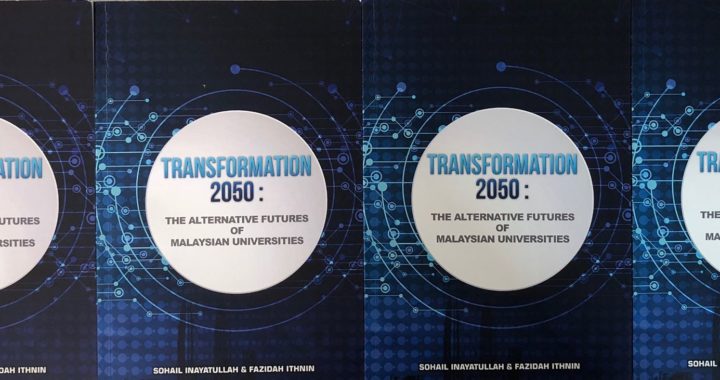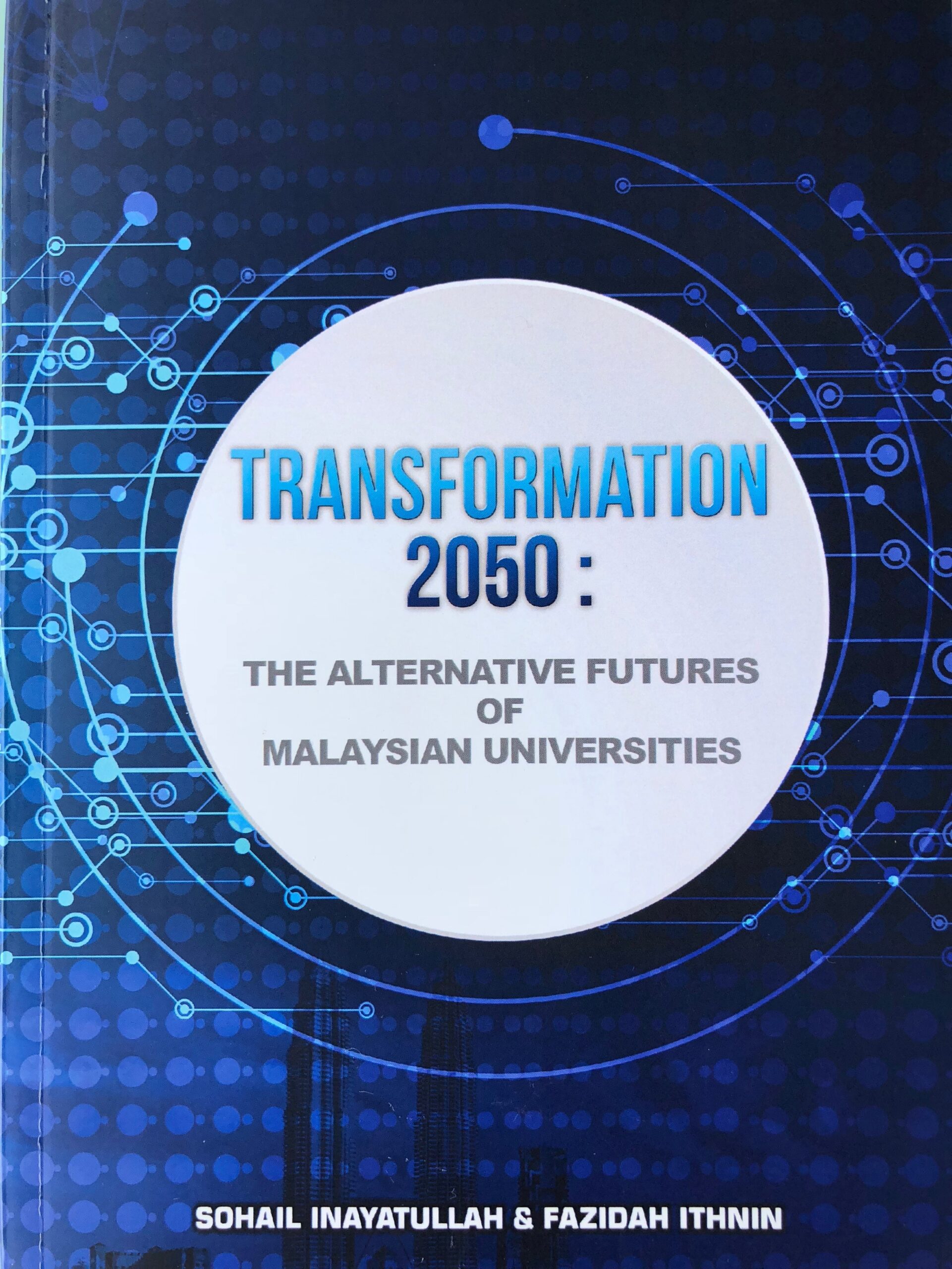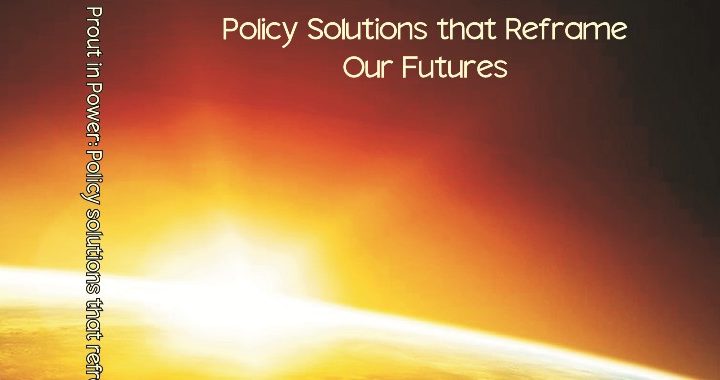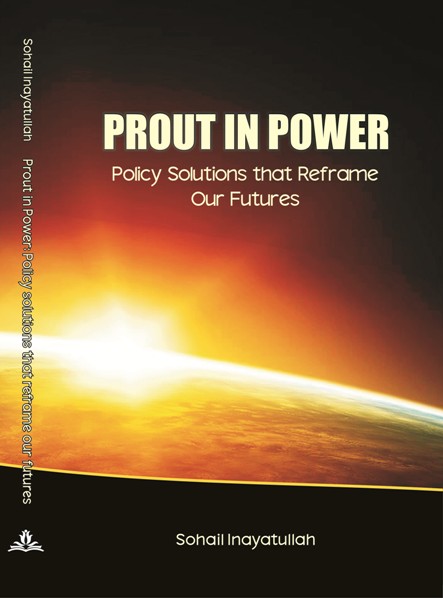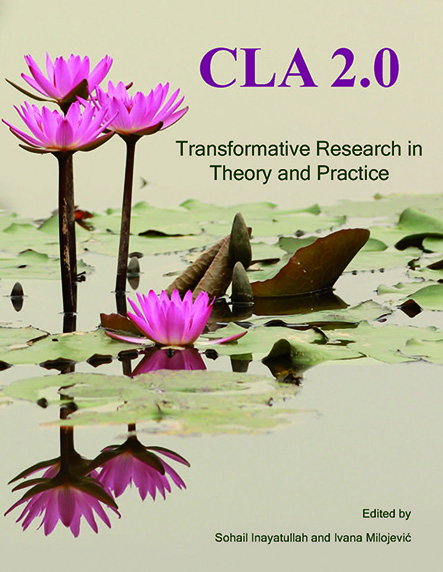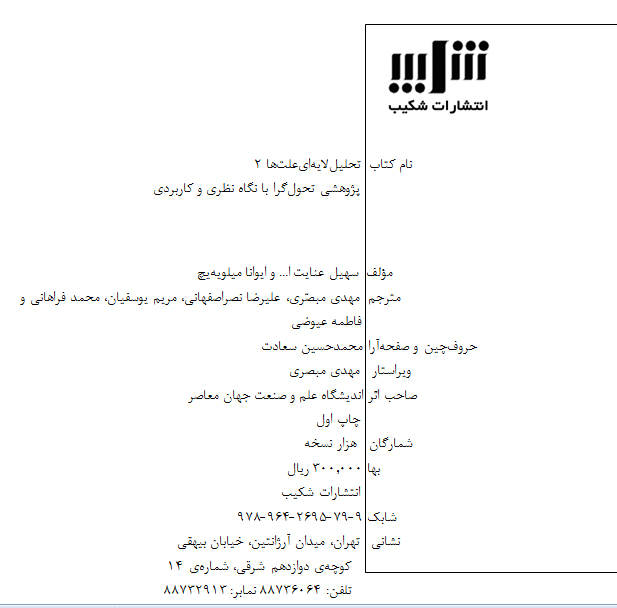These and other questions were explored over three days from March 25-27th, 2019 by senior advisors to the Armenian government, Mayors and Governors, and executives from the Asian Development Bank (ADB).
Working with ADB Country director, Shane Rosenthal, ADB’s Dr. Susann Roth, and futurist Professor Mei-Mei Song,[i] I facilitated four workshops for participants. The first was for senior advisors to the government (to the deputy Prime Minister, for example), the second was for nearly all the nation’s Mayors and Governors, the third was for the Foundation for Armenian Science and Technology (FAST), and the fourth was for the local ADB office. These workshops used the six pillars approach to futures thinking, and applied methods such as the futures triangle, emerging issues analysis, the futures wheel, scenario planning, causal layered analysis, visioning and backcasting to create alternative and preferred futures. [ii]
My stand-out learning experience was that, when we focused on the impossible vision, participants tended to shy away, believing reality is too difficult to bend. However, the majority of participants had just created or played a significant role in the recent “Velvet Revolution” and were convinced that transformation was not only possible but inevitable.
When I showed them one my of my favorite slides of Nelson Mandela, one table quickly chimed in and said, “that is us.”

Buoyed by their recent success, they did not wish for either no-change or marginal-change scenarios. They insisted on adaptive change and indeed many wished for radical change. This created an easy playing field for our role as change facilitators.

Photo by Sohail Inayatullah
However, I was certainly surprised, especially after I had landed at the airport and saw the Ural Airlines plane, I felt I had gone back in to the Soviet era.
But everything at the airport was swift, smooth and service providers were incredibly friendly. The stay at the hotel continued in this vein – everything was doable. When I asked for a special meal, the chef quickly emerged saying, not a problem.
While Kim Kardashian and Cher have been their most famous exports, I could see that tourism had a real possibility.

http://www.panarmenian.net/eng/news/262730/
Each day we began the workshops with a discussion of history and the used future. For participants, this was represented by the traditional educational system with its steep hierarchy and lecture style. The lecture was considered far more important than the outcomes of learning. City design too followed the traditional pattern of center-periphery, with roads being the main measure of success. Even though Yerevan is considered one of the oldest continuously inhabited cities in the world, with a history of 2800 years, the recent revolution made it to segue from the used future to the desired vision.

Yerevan celebrates 2800 years of history. Photo by Sohail Inayatullah
The Future City
Thus, while mindful of their past, participants had the greatest clarity about the nature of the future city.
The Mayors imagined:
- A clean and green city.
- A smart city using the full range of new fourth industrial revolution technologies.
- A city that was friendly to the disabled.
- A city that was connected to the regions.
- Citizens that had world-life balance.
This desired future could be possible through the use of real-time data analytics. They hoped that Artificial Intelligence applications could provide an early warning system effectively predicting congestion, pollution, and crime. This early warning system could help decision-makers decisively act for the benefit of the population. As one participant said, “our city must be green, comfortable, with infrastructure accessible for everyone, for drivers and pedestrians, for pets, and those with disability.” This was not just a clean, green, smart and connected city, but an inclusive city.
The Geo-Political Context
To create these new cities and a new nation, participants understood that geopolitics must favor them. They did not wish a repeat of earlier conflicts. They desired a layered strategy that:
- Measured as a success the number of peace treaties plus developed infrastructure which would enable regional connectivity.
- Had a system of open borders, with peace based on mutual safety.
- Embraced a worldview where the neighbors all shared an ideology of peace first. This meant moving from isolation to strong interconnection created through friendly markets.
- As a transformative narrative, imagined geopolitics moving from an island to an interconnected oasis.

Professor Song facilitating the causal layered analysis exercise on geopolitics. Photo by Sohail Inayatullah
Participants tended to draw from nature when they articulated their narratives. The energy group, for example, saw the present as a dying tree in a desert with the ideal to become a self-sufficient forest. To do this meant exploring a range of energy security options from safe nuclear, to renewable energy sources with the renewable portion of energy increasing over time, and using AI to ensure energy efficiency as well as house-to-house energy sharing (dynamic peer-to-peer energy sharing platforms). [i]

Amalya Hovsepyan, a Coordinating Adviser at the Ministry of Justice, presenting the new energy future. Photo by Sohail Inayatullah
Stages And Scenarios Of Energy Development
One group saw this energy independence and urban development transition in four stages.

Dr. Susann Roth facilitating the scenario exercise. Photo by Sohail Inayatullah
The first stage was the continuation of the present. Traffic jams, pollution, congestion, and slow economic growth all leading to unhappy citizens. Addressing these changes through short term marginal strategies such as 10% of the cars in the nation electric, 10% of the buildings green, some industrial growth, and some streets modernized would lead to marginal well-being.
However, the participants agreed that more than 10% progress was needed. Adaptive change was required, and would be the next step. In this preferred future, 50% of the cars would be electric, 30% of buildings would be green (indeed, trees would be seen as infrastructure),[i] and two to three developed economic sectors (tourism, food, and perhaps artificial intelligence). This was described as the “City on the Move.”
Where they wished to end up by 2030 was in a radical future, what they called, following the earlier nature-oriented theme: “Welcome to Paradise.”

Ararat Valley. Courtesy of Anushik Avetyan
In this future, or final stage of the energy and economic and social development transition, 100% of all cars in Armenia are electrical, all housing stock and public buildings are green (retrofitted), all streets modernized, and the economy developed in the areas of eco-tourism, agriculture, information technology, and data analytics.

Hrachya Sargsyan, the Deputy Mayor of Yerevan, presenting the scenarios. Photo by Sohail Inayatullah
Getting There
But how might Armenia get there? One group of mayors and governors were clear that the required innovations not only had to be commercially viable, they had to create wealth. For example, the progression would be first smart phone apps to measure energy use, then the use of AI to reduce congestion, and ultimately the creation of roads that could harvest energy.[i] Further steps would be similar to the new Ali Baba project in Malaysia where they are creating a city brain,[ii] to ensure that real time traffic information reduces congestion.
All participants agreed that Armenia needed to:
- Ensure zero tolerance for corruption – this would create a culture of trust, an enviable investment climate, and a virtuous cycle of prosperity.
- Investment needed to be green and sustainable. For them, this meant reducing energy costs, increasing well-being, the health, of citizens, and creating innovation that could lead to more innovation.
- Investments needed to use new AI supported technologies. While these disruptions would certainly lead to some unemployment in the short run, in the medium-to-long run, new industries and jobs would be created. These would be clean, green, and smart.
- The center of Armenia, Yerevan, needed to develop in conjunction with its regions, and development in Armenia, especially development that leapfrogged, would not be possible without open borders and peace with neighbors.

The Asian Development Bank Workshop Report. Image by Keisuke Taketani<keisuke.taketani@gmail.com>
Is Leap Frogging Possible?

This robot was designed by Expper Technologies. Photo by Anahit Nersisyan
But is leapfrogging possible? The CEO of the Foundation for Armenian Science and Technology (FAST), Armen Orujyan, reminded participants at the workshop that Armenia was known as the “silicon valley” of the former Soviet Union.
In his view, intellectual capital had not disappeared; it just needed to be nurtured, encouraged, and invested in. Indeed, the purpose of FAST is to incubate not just start-ups, but to create an eco-system of innovation as the springboard for a possible leapfrog.
This ecosystem, however, was not just about the external world, but also about creating a climate and culture of inner peace, of life and work balance. FAST headquarters, along with the predictable robot, had a room for inner reflection, a place to pause, to slow down to speed up.

Zen Meditation Room at the FAST Centre. Photo by Sohail Inayatullah
Time, as one participant imagined, had to be redesigned so that a new future could be possible. In the futures triangle below, a method that explores the visual pull of the future, the pushes of the present, and the weight of the past, he imagined a far more holistic understanding of a day. In this vision, there is time for family, time for sports, time for work, time for innovation, and time for tea. This he considers possible as there is a social desire for work/life balance and a healthy lifestyle. This is weighted down by the demands of the economy and the need to earn.

Drawn by Vardan Karapetyan, Senior Project Officer from the Asian Development Bank Resident Mission. Photo by Sohail Inayatullah
During the workshops, the Armenians focused not just on technology to transform, but also especially on the inner change that is required to transform mindsets.
Futures interventions are more possible when leadership is committed to them. As an example of leadership supporting innovation, the country’s President Armen Sarkissian recently commented at a presentation at FAST.[i]
Armenia is the gateway to the future. We promote making investments in our country: the country that is young, ambitious, the people of which are talented, which has a young government, and a country which feels itself in the 21st century, is young and mature. Being young first of all means how young you feel yourself by soul, whether you are ready for new discoveries, to learn, to ask questions and find answers. Whether you are ready for research, evolution acceleration.
Back to the Asian Development Bank

ADB Building, Yerevan, Armenia. Photo by Sohail Inayatullah
This links to the newly emerging role of the ADB in Armenia. Certainly, capital for green infrastructure projects will be needed, but ADB – as expressed by Shane Rosenthal – in Armenia needed to move from a traditional development bank focused on financing and contract disbursements to an intelligent bank, helping Armenia leapfrog ahead. The knowledge required includes intelligent support to create visions of the future; risk management through developing scenarios of possible futures; and discerning the leverage points that allow for the greatest and smartest impact. ADB thus becomes not just a finance facilitator in this future, but a knowledge change-agent. ADB thus uses its understanding of the knowledge ecosystem (historical project and network experience, data, and technical know-how) to create change.
I left Armenia inspired by their confidence, their sense that the future was bright and that they could create this future. A few of the elders certainly were far from convinced, they had seen history move not in jumps, but in pendulum swings, and were concerned that the optimism in the streets may not continue. Their concerns may be justified, however, what was significant is that the used future had been identified, alternative futures had been explored, a vision developed, and steps forward agreed to. A leapfrog may be possible.
Sohail Inayatullah is the UNESCO Chair in Futures Studies at Universiti Sains Islam Malaysia (USIM). He can be reached at sinayatullah@gmail.com
References
[1] With support from ADB project officers, Gohar Mousaelyan and Liana Arakelyan. Thanks to Russell Clemens for editorial assistance.
[2] See Sohail Inayatullah, What Works – case studies in the practice of foresight. Tamsui, Tamkang University, 2015.
[3] https://www.fastcompany.com/90241777/this-startup-lets-villagers-create-mini-power-grids-for-their-neighbors. Accessed 28 April 2019
[4] https://www.fastcompany.com/40474204/cities-should-think-about-trees-as-public-health-infrastructure. Accessed 27 April 2019.
[5] https://iecetech.org/Technology-Focus/2018-02/Harvesting-energy-from-roads. Accessed 28 April 2019.
[6] https://www.zdnet.com/article/alibaba-rolls-out-first-overseas-smart-city-ai-platform-in-malaysia/. Accessed 28 April 2019.
[7] https://mirrorspectator.com/2018/11/01/focusing-on-armenias-future-at-global-innovation-forum-by-fast/. Accessed 27 April 2019.

















 Futures Studies, as we define it today, is the study of preferred, possible, and probable futures and the worldviews and myths that underlie them. It is both quantitative, qualitative, critical, and transformative. We study what may happen, what is likely to happen, what we wish to happen, and how our mindsets and the stories we tell each other are complicit in how we see and shape the world.
Futures Studies, as we define it today, is the study of preferred, possible, and probable futures and the worldviews and myths that underlie them. It is both quantitative, qualitative, critical, and transformative. We study what may happen, what is likely to happen, what we wish to happen, and how our mindsets and the stories we tell each other are complicit in how we see and shape the world.
